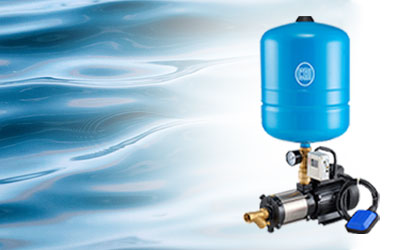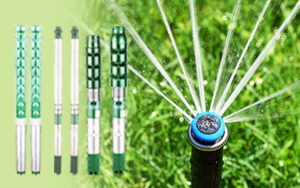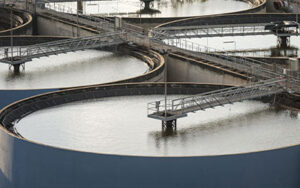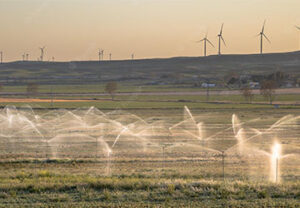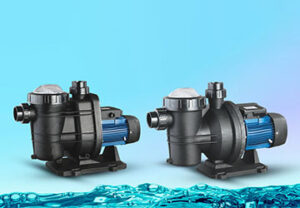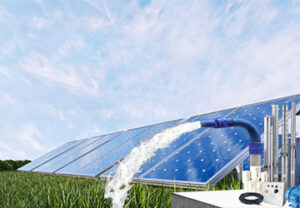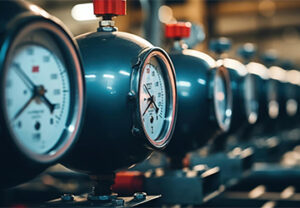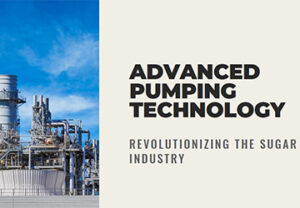What is Booster Pumps?
Pressure Booster System has complete combo package for water pressure boosting and it is precisely designed for hassle free Performance. The complete system developed to preserve constant water pressure in all outlets, whenever pressure drops/ attains to the desired level, pump will Start/Stop automatically. Overall compactness of the Pressure boosters consumes Lesser space and Quality assured Components were used for High Accuracy, so that noise level will be in limit.
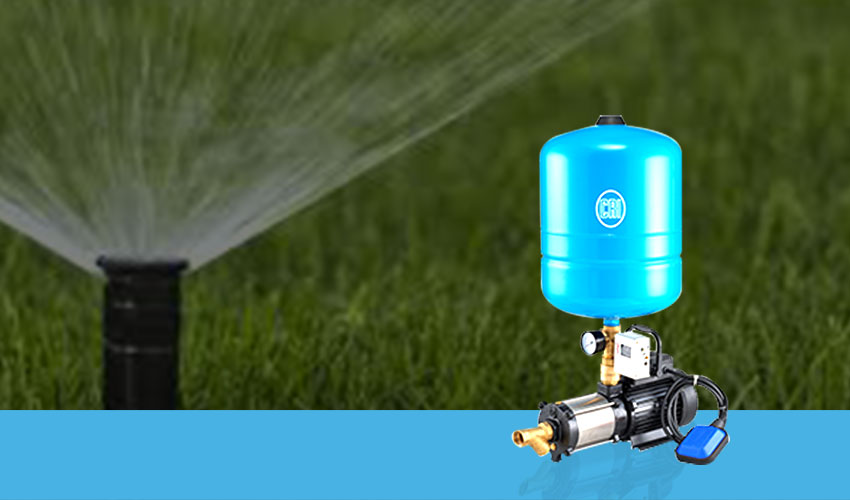
What causes low water pressure?
Gravity:
Gravity is behind the speed at which the water flows. If the elevation wherein which the water needs to be delivered is higher, the lower the water pressure. When water needs to flow up several floors, gravitational pull, brings it back down. Buildings with multiple stories need booster pumps to move water up many stories.
Distance from the water source:
Distance from the water source and pipe size affect water pressure.
Additional water systems:
If there are any additional water fixtures, this may decrease the flow of water hence there is a need for a booster pump to increase the water pressure.
How does it works ?
- A water pressure pump boosts adequate pressure to the water and delivers it to the desired location by increasing its pressure.
- The water pressure is a force that moves water from the water source into the desired water supply location or system.
- Most water pressure pumps consist of a pump, inlet and outlet, impeller, and a pressure monitoring device.
- Water enters through an inlet and is pushed out through an outlet by an impeller. These pumps also have a tank which helps to build the pressure of water
- The impeller is spun by an electric motor. The system of sucking in and pushing out water can differ with high-pressure pumps.
- Single pump boosters use a single spinning propeller, while others use an oscillating diaphragm depending on the pressure required.
Advantages of Pressure Booster Pumps
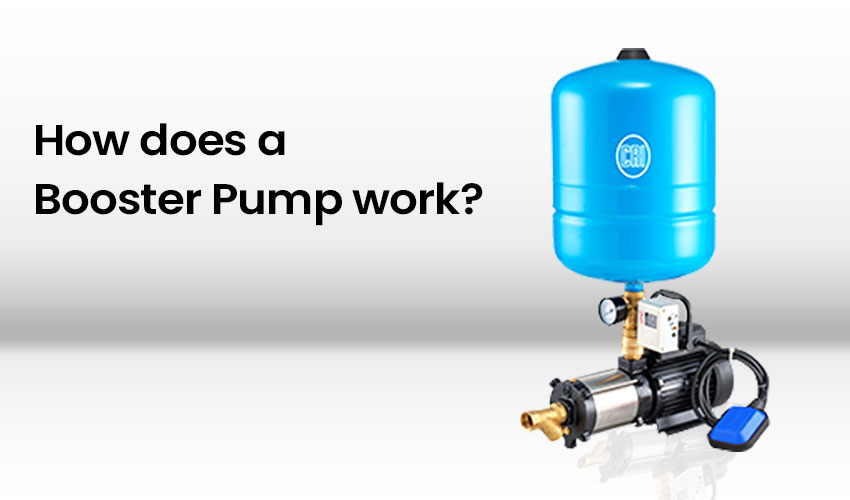
Application of booster pump
Transport of water in high rise buildings
Moving water through a high-rise building required a high-pressure head. Pressure Booster pumps can be installed to serve this need.A domestic water booster pump keeps the water supply steady to make sure that you do not have to miss out on your daily schedule because of the scarcity of water
Irrigation
A booster pump may also be necessary for sprinklers and high-pressure spraying systems, which need a strong water pressure to operate.
Other industrial applications
An efficient and a reliable industrial booster system meets the needs of industries that require optimal water pressure for varied applications.
- Filtration
- Reverse osmosis
- HVAC
- Boiler feed
- Any industrial process that requires high fluid pressure
Tips to install a booster pump
A booster pump installs right where water needs to be transported from. For example, in a household with low water pressure, the pump should be installed on the mainline where water enters the house. Plug the inlet in and then the outlet goes to the back of the plumbing supply.
Other tips
- Having a bypass is always a good idea in case of pump malfunctions. A bypass allows isolation of the pump in case of failure and ensures continuous water supply.
- Before connecting the pump to the house, test it. The pump may cycle due to a low flow rate when there is a leak. Cycling involves the pump starting and stopping rapidly.
- Booster pumps are activated by either flow rate or pressure, or both. In case of a leak, then isolate the pump and test it to make sure the pump’s not the problem.
How to choose the right booster pump?
Several factors ranging from the state of pipelines to the desired level of pressure head are to be considered.CRI Pumps manufacturers pressure booster pumps that have lesser running costs than conventional systems. Pressure booster pumps from CRI have Factory tested systems and are supplied as a package



